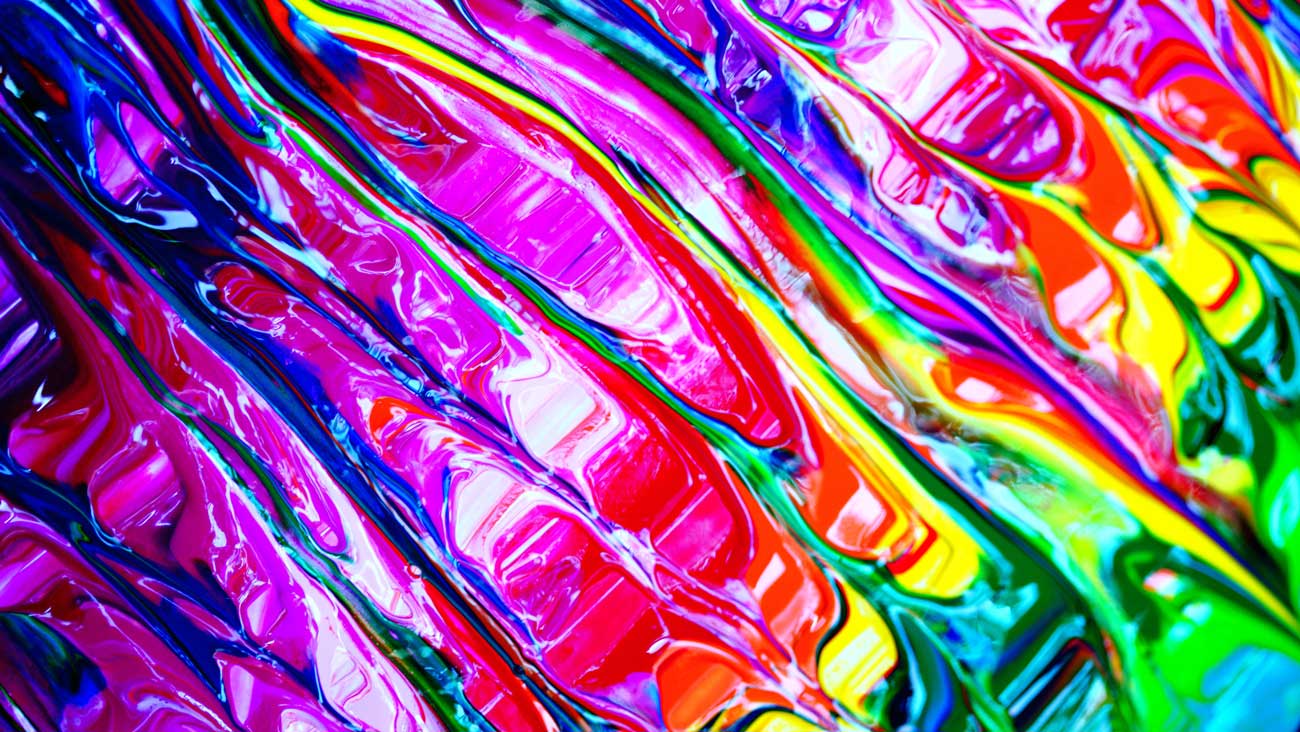
13 Nov The importance of a connecting color palette.
Connecting with your consumers at different levels can be a difficult task if you do not have adequate tools for it. Digital brands need to startle between all the online noise and a well-developed corporate and brand identity can be a good start.
The color you use with your brand in digital or offline media can help it communicate, influence the decision-making process, and in the end increase your sales. Researchers have proved that the color will affect purchasing habits; while impulsive buyers will respond to red, orange, black, or blue, those who plan better their purchases will respond better to turquoise, light pink, or azure. A well-developed color palette can bring numerous advantages to your brand, not only image-wise but also relating the benefits of your product or services with your target, therefore increasing sales.
Some basic steps can help you define an effective color palette:
1. Who is your target?
This is a factor you need to have well defined beforehand. Who is your target and the market your pointing at? This will help you define the type of colors you’re going to choose, connecting to your brand’s objectives. For example, if you are a brand targeted to females you would use different colors than if your target is children.
2. Look into color associations.
Scientific research has proven that different colors recall various emotional responses, which is better known as color associations. Here are some of the main emotions and elements connected to them:
Red. It is connected to extroverted and dynamic consumers. It’s related to danger, passion excitement, and energy.
Yellow. this color tends to irradiate warmth, optimism, happiness, and fun.
Green. Clients giving priority to green go for a more practical vision, they love the natural and fresh products, it is also a color related to vitality, prestige, and wealth.
Blue. People that choose blue in all different tones have good control over their emotions. It reflects tranquility, being communicative, trustworthy, and calm.
Orange. Consumers preferring this color are generally youthful, it is a color identified with fresh, creative, and adventurous clients.
Violet-Purple. It is a color related to artistic, mystical, and religious taste. It goes well along with royalty, spiritualism, and majesty.
Brown. Most of the consumers inclined to brown are disciplined and organized. It is also a color related to a healthy and stable life, also with simplicity, honesty, organic, and wholesome.
Black. Clients preferring black are conservative, being a color representing elegance, discretion, sophistication, or luxury.
White. It is a color associated with being refined, simplicity, innocence, and minimalism.
Grey. A color tied to conformism or being passive.
Pink. It tends to be a color related to sophistication, being educated, feminine, romantic, and sentimental.[/vc_column_text]
Your brand colors can change the consumers' decision-making process generating more sales.
3. How many colors should you include?
After you have defined the main color you want to use to identify your brand with your objectives and your target, you should think also about extending it to additional colors that can complement your primary one.
For this, designers tend to start with 3 shades and then extend it to 4 or 5, there is no correct answer for the exact number, given that this will vary with every brand’s personality and identity. Also, even if you define 6 or 7 colors for your palette it doesn’t mean you’ll have to use them all the time, its use will depend on the type of designs that would need them (logo, corporate image, social media, website).
If you don’t have already an existing color palette for your brand, we recommend selecting some initial colors and then try different types of combinations. Canva has a great color palette tool that can help you with the combination of other colors.
By following these steps you’ll be having brand leverage, connecting with your consumers, and developing a more coherent digital strategy. Feel free to contact us if you have any additional comments and questions, and share with us your favorite colors to work on.
You can also read this article in español and in français.
Image source: : https://www.canva.com/learn/choose-right-colors-brand/








No Comments